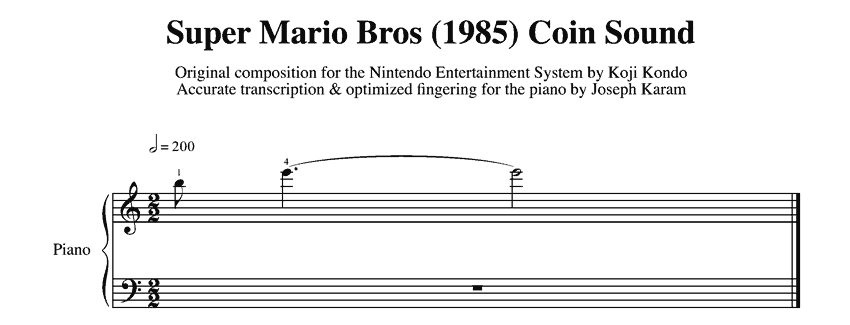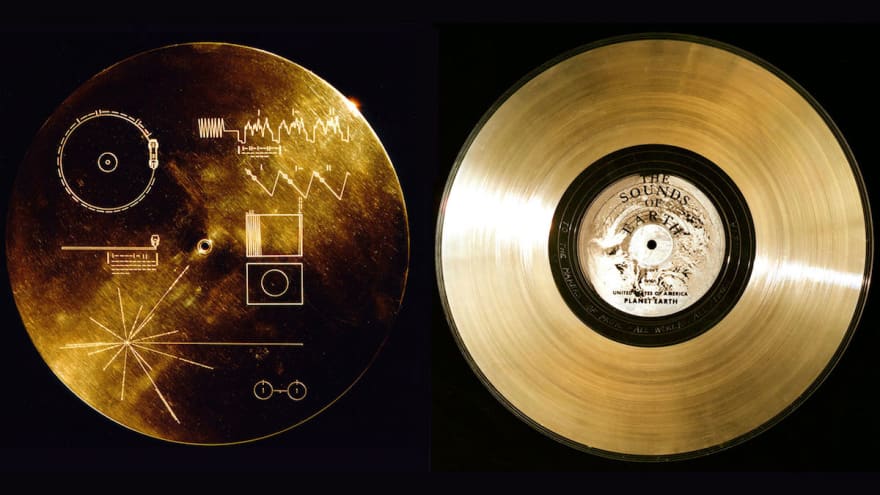The medium is the message
-- Marshall McLuhan
Media (medium) is a means by which something is communicated or expressed. Often media is "invisible" because we pay attention to the message itself but forget about media. The same time media is crucial, it influences what is possible to express. Different media are more appropriate for some information than another.
For example, how would you express sound on a paper?
- Onomatopoeia - the naming of a thing or action by a vocal imitation of the sound associated with it
- Sheet music or other music notation
- Sound wave - possible but not very practical, I guess
On the other hand, music can be precisely captured on a record
We need to understand the pros and cons of different approaches and different media.
- A record is a most concrete and most lossless approach, you don't need the education to consume information from this media (you need turntable). Same time this media is only appropriate for one type of information and can't be consumed directly (requires equipment). "Sound wave" is not consumable directly either.
- Onomatopoeia is an abstract method. Basic education required to consume information (literacy). Onomatopoeia can be mixed with another type of information like text or images e.g. it is possible to capture two different types of information visual and audial using one media
- Music sheet is an abstract method. It captures the essence of music (abstraction), thought this abstraction omits details of actual sound, it is much more comfortable for teaching and transmitting knowledge about how actually play the music.
Media for visualization
Paper
Includes paper, canvas or any flat surfaces appropriate for drawing.
Main attributes: 2 geometrical dimensions, colors (sometimes not available), limited canvas size. Taking into account modern technology there are no problems with resolution (300dpi is enough for humans eye).
Edward Tufte is talking mainly about visualization on paper, I guess because at times when he wrote his books screens were less capable.
Screen
Includes computer, tablet, phone screens etc. E-readers are closer to paper.
Main attributes: the same as paper, additionally can have infinite virtual canvas and interactivity. Taking into account modern technology there are no problems with resolution (300dpi is enough for humans eye), tablets are easy to hold in hand as you would do with paper or book, modern processors allows almost instant reaction for the stylus.
Because it "extends" paper all visualizations for paper applicable for the screen, but at the same time we need to remember that we have more tools and maybe some visualizations can be improved. This is what Bret Victor is talking about: Media for Thinking the Unthinkable, Drawing Dynamic Visualizations, Seeing Spaces
Scale model
A scale model is a representation or copy of an object that is larger or smaller than the actual size of the object being represented. Used, for example, by architects.
Main attributes: 3 geometrical dimensions, colors (sometimes not available), limited canvas size.
Mechanical model
The same as a scale model, but with the addition of mechanical parts to add interactivity.
Main attributes: the same as a scale model and interactivity.
Augmented and virtual reality
Main attributes: the same as a scale model plus interactivity and virtual infinite canvas.
Media vs methods
There are different methods and tricks how to represent information in different media. For example, to represent 3D object in flatland we can use isometric projection, but we don't any tricks to display 3D object in virtual reality or scale model.
If we would need a series of plots to show change over time on paper, we can use on plot and one control to represent the same data on the screen.
It is important to understand what kind of media you target. It is important to understand the strong and weak sides of your media. Depending on media you can apply different appropriate methods.
Photo by Gareth Newstead on Unsplash







Top comments (0)